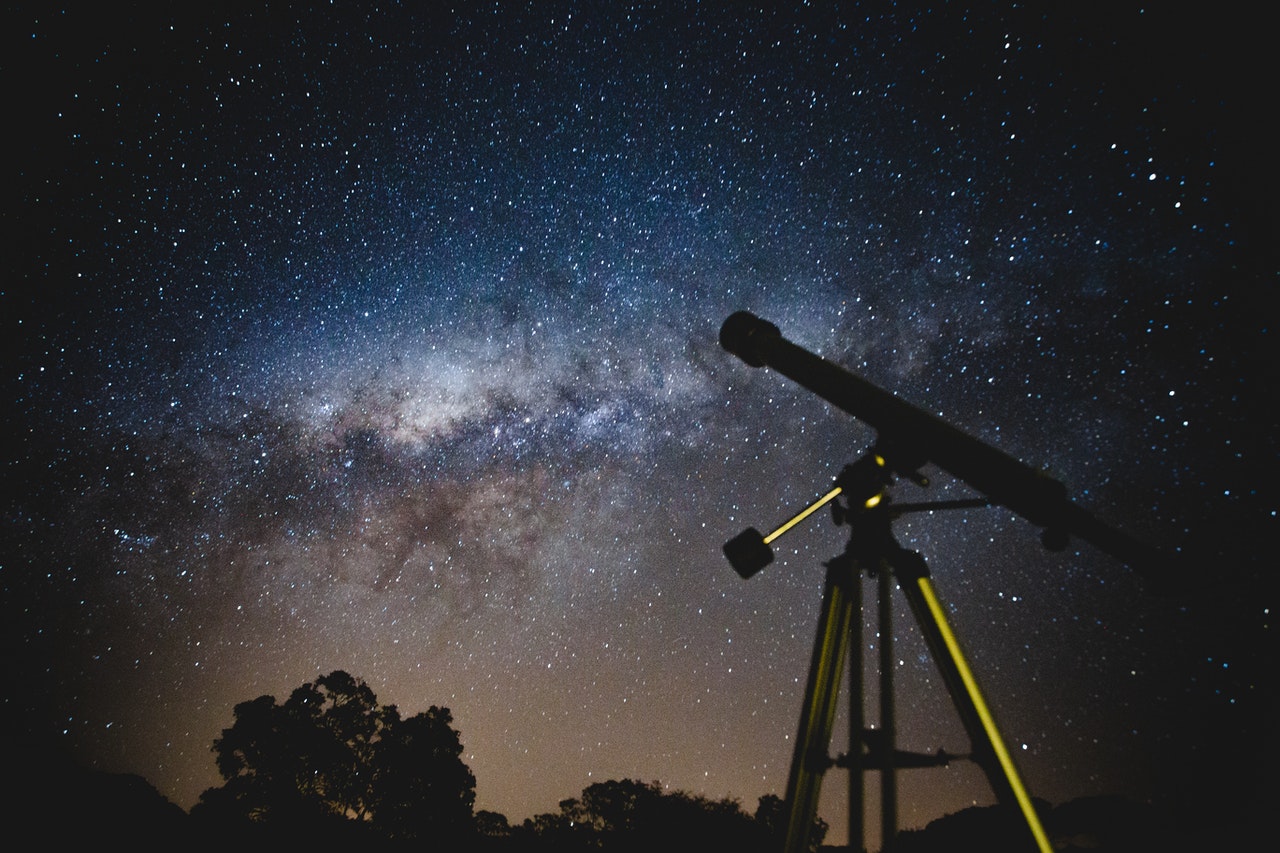What was the first technology used in astronomy? Astronomy has been around since the beginning of time. From the times of the Ancient Greeks and Romans, to the times of the Egyptians and Aztecs, people have used celestial objects to find out about the world. What were those bright twinkling lights in the sky at night?
Technology has changed a lot in this ancient and historic era, and one of the most important and basic discoveries was a way to image the planets. The ancient ways of doing this involved using an actual telescope to do the job. However, with advances in technology came other more refined technologies as well. One of them was the use of deformable mirrors. These are mirrors that can be made in two different shapes and with two completely different image frames. By using a slightly skewed image frame, the person looking through the telescope is able to see the slightly distorted image from a slightly different angle.
Hubble Space Telescope
Another important invention in astronomy was the discovery of the Hubble Space Telescope. This incredible piece of equipment is actually four telescopes put together. It was built by the United States, Australia, and NASA. The four main parts are the reflector, the housing, the optics, and the reflector cage. The reflector can be made of various materials, but the most common type is a spherical aluminium ring. The housing can be made of various materials, but usually it is made of xenon filled foam or plastic.

The next step forward in technology used in astronomy today was the discovery of the Hubble Space Telescope. It was launched in 2021. Its mission was to map the largest object in our galaxy – the Milky Way. It is the largest telescope ever launched into space.
One interesting thing about the Hubble Space Telescope is that it was designed to measure black holes. It does this by creating a black hole map. It is made out of a network of small satellites. These tiny satellites are similar in size to a beach ball. They orbit around the black hole at a definite distance, timing, and rate.
e2V and CCDS
Next in technology used in astronomy today was the discovery of e2V (evolved Extragalactic Virgo) and CCDS (Canberra Deep Space Station). E2V is a new generation radio telescope. It was designed by NASA’s Jet Propulsion Laboratory and is operated by the University of California, San Diego. The main purpose of this telescope is to study the stars and gases produced by galaxies far away.

Adaptive Optics
Another important technology used in astronomy is Adaptive Optics. This is used to collect light from space which is reflected back and concentrated to images we can view from the ground or space. Many times we need to look up in space and see an object that is thousands of light years away. By using adaptive optics, we can greatly reduce the amount of light we have to analyze and then magnify it to a high enough value so we can see it clearly. We are making a very important step forward in the field of astronomy and space exploration.
G Observatory imaging technology
A final technology used in astronomy is G Observatory imaging technology. It is used to map the Milky Way, and also the nearby cluster of Galactoids. There are over one billion stars in the Milky Way, and many of them lie within the Geminator, which is a dwarf satellite dwarf galaxy.
Finally
Lucky imaging works by using a computer vision system combined with a high-frequency sound waves. According to the research this technology allows the brain to recognize images and the human brain to detect sound. The lucky imaging technique allows researchers to study the relationship between the brain and the visual system. Additionally, this technique might help to explain the appearance of movement in humans, and perhaps even in animals.
One of the most exciting things about this technology is that it is based on the theory of adaptive optics. Adaptive optics is a technique that explains how an object retains its shape when a light source is applied to it from the front or back. For example, a baseball bouncing on a beach filled with crystal clear water from a gentle breeze will retain its spherical shape. Researchers believe that the method works because of a phenomenon called optical momentum. This phenomenon makes objects which are illuminated appear to move in a random fashion if viewed from a certain direction; this phenomenon is called “optical twitching.”
